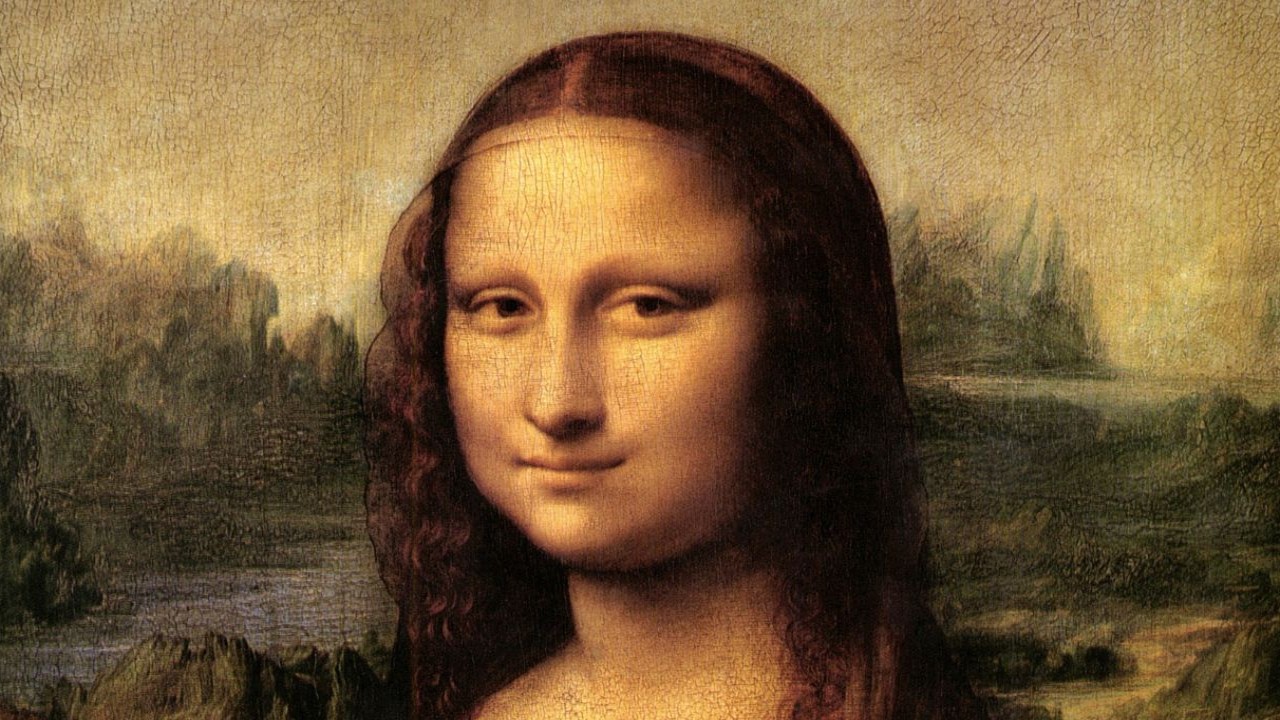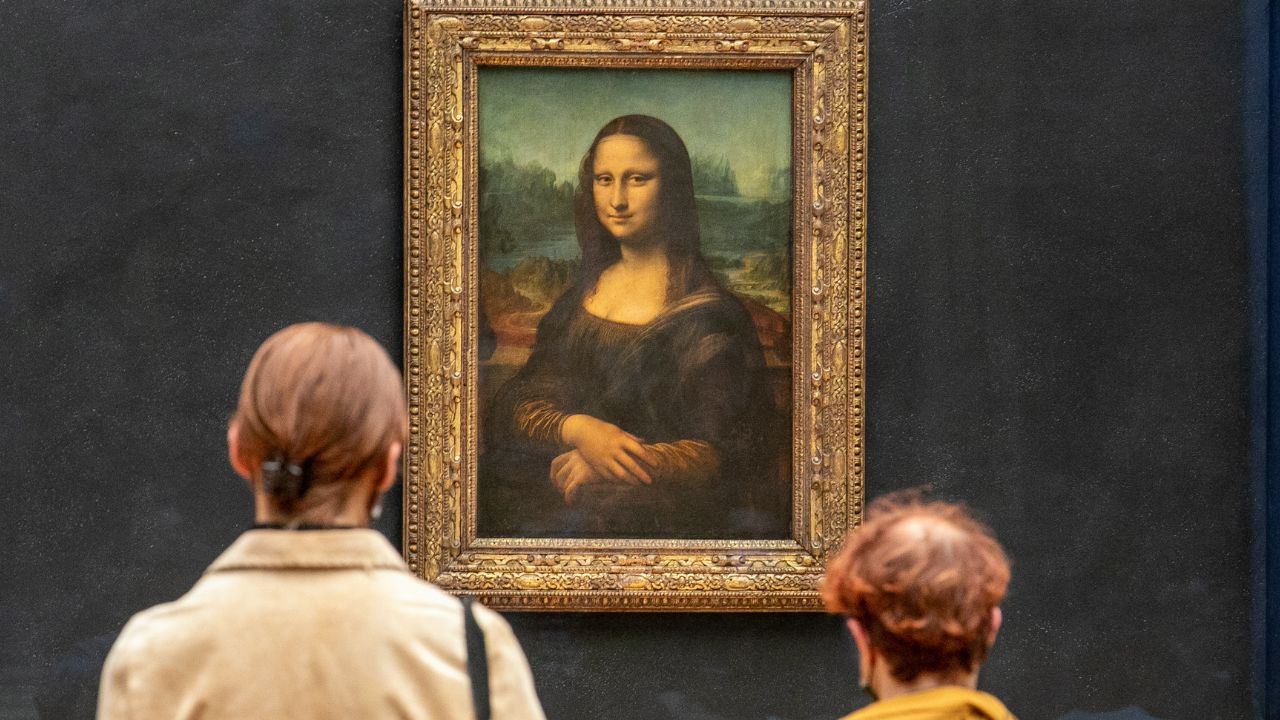Why is Mona Lisa art so famous? Unraveling mystery behind the world's most enigmatic painting
Over 500 years ago, Leonardo da Vinci painted the Mona Lisa, which is still one of the world's most famous works of art. Here's why this enigmatic painting has become an icon of art and pop culture.

-
Leonardo da Vinci's portrait features a three-quarter pose and the use of sfumato technique
-
The painting was taken to France in 1516 and later became part of King Francis I's collection
-
In 1911, the Mona Lisa was stolen by Vincenzo Peruggia and recovered two years later
The Mona Lisa continues to draw in millions of visitors each year at the Louvre Museum in Paris, five centuries after Leonardo da Vinci first painted it. The portrait, known for its subtle expression and understated elegance, captivates viewers with its blend of artistic excellence and historical intrigue.
Leonardo began the Mona Lisa around 1503 and finished it over a decade later. The painting is famous for its use of sfumato, a technique that seamlessly blends colors and tones, resulting in a soft, almost ethereal effect, as per Britannica.
Leonardo's skill at capturing the human form is evident in his delicate rendering of the sitter's face and hands. The use of sfumato gives the painting a lifelike appearance, and the detailed depiction of her veil and robes shows Leonardo's keen observation and skill as an artist.
Here are a few reasons why the Mona Lisa is so famous:
Historical influences on Mona Lisa's fame
The Mona Lisa's rise to global fame was not instant. After Leonardo left Italy to work for King Francis I, the portrait became part of the royal collection in France. The painting remained relatively obscure until the French Revolution, when it was relocated to the Louvre, a well-known public museum.
Despite its high quality, the Mona Lisa did not become widely known until the nineteenth century. During this time, the painting's enigmatic quality, particularly its subject's mysterious expression, began to draw significant attention. Many art historians and critics, including Giorgio Vasari, believe the painting depicts Lisa Gherardini, the wife of a Florentine merchant.
This theory, combined with the painting's ambiguous expression, contributed to its increasing appeal. In the 19th century, French writer Théophile Gautier referred to the Mona Lisa as a "strange being... her gaze promising unknown pleasures," reflecting the era's fascination with her mysterious allure.
The woman behind the smile
The Mona Lisa's subject is widely thought to be Lisa Gherardini, also known as Lisa del Giocondo. Lisa belonged to a prominent Florentine family and was married to Francesco del Giocondo, a wealthy merchant. This identification is based on historical records and writings by Giorgio Vasari, a 16th-century art historian who chronicled Leonardo's life and works.
According to Vasari, Leonardo was commissioned to paint Lisa as part of a portrait for her husband's new home, which is consistent with the Italian portraiture tradition of the Renaissance.
Lisa Gherardini was born on June 15, 1479, in Florence. She married Francesco del Giocondo in 1495, and the couple had five children. However, the painting's fame continues to overshadow her life. Few concrete details about her personal life have survived, leaving much speculation about her personality and demeanor.
Despite the widely held belief that Lisa Gherardini is the subject of the Mona Lisa, numerous theories have emerged about her identity. Some art historians believe the painting depicts a different woman, such as Isabella d'Este, a prominent patron of the arts. Others argue that the portrait may be an idealized or symbolic representation rather than a representation of a specific person.
The Mona Lisa's mysterious expression has only fueled these speculations. The subject's smile, which is frequently described as "mysterious," appears to shift depending on the viewer's angle. This quality has elicited a variety of interpretations, with some seeing her smile as a reflection of happiness, while others see it as a sign of hidden sadness or intrigue.
The impact of the 1911 Mona Lisa theft
The theft of the Mona Lisa from the Louvre in 1911 marked a huge turning point in the painting's history. Vincenzo Peruggia, an Italian handyman who had worked at the museum, took the painting with the intent of selling it. The theft caused a media sensation, with reports of the missing painting making headlines all over the world. The Louvre's director of paintings resigned, and the public's interest grew.

The Mona Lisa was recovered in 1913 following a lengthy search. The painting was returned to the Louvre, where it drew massive public interest. Over 100,000 people visited the museum to see the painting within two days of its return. The media frenzy surrounding the theft and recovery significantly increased the Mona Lisa's profile, turning it into a global icon.
Mona Lisa’s modern-day icon status
The Mona Lisa's fame has grown over the decades since its recovery. Countless reproductions and parodies have contributed to the painting's status as a cultural icon.
In 1963, the Mona Lisa went on a tour of the United States, stopping at the Metropolitan Museum of Art in New York City and the National Gallery of Art in Washington, DC. The tour was a huge success, attracting over 1.7 million visitors and cementing the painting's celebrity status.
Mona Lisa's popularity in pop culture
The painting's international recognition was boosted by a tour of Japan in 1974. The Mona Lisa's appearances in various media, such as advertisements and music videos, have solidified its status in popular culture. For example, the 1994 Fugees song Mona Lisa and Beyoncé and Jay-Z's 2018 music video filmed in the Louvre have both contributed to the painting's ongoing popularity.
Marcel Duchamp and Andy Warhol, for example, have contributed to the Mona Lisa's continued popularity. Duchamp's 1919 defacement of a Mona Lisa postcard with a mustache and the acronym L.H.O.O.Q. sparked outrage and attention. Warhol's 1963 silkscreen works popularized the painting and brought it into the realm of contemporary art.
ALSO READ: Hiroshima Day 2024: Date, history, significance, and all you need to know





 JOIN OUR WHATSAPP CHANNEL
JOIN OUR WHATSAPP CHANNEL






















































